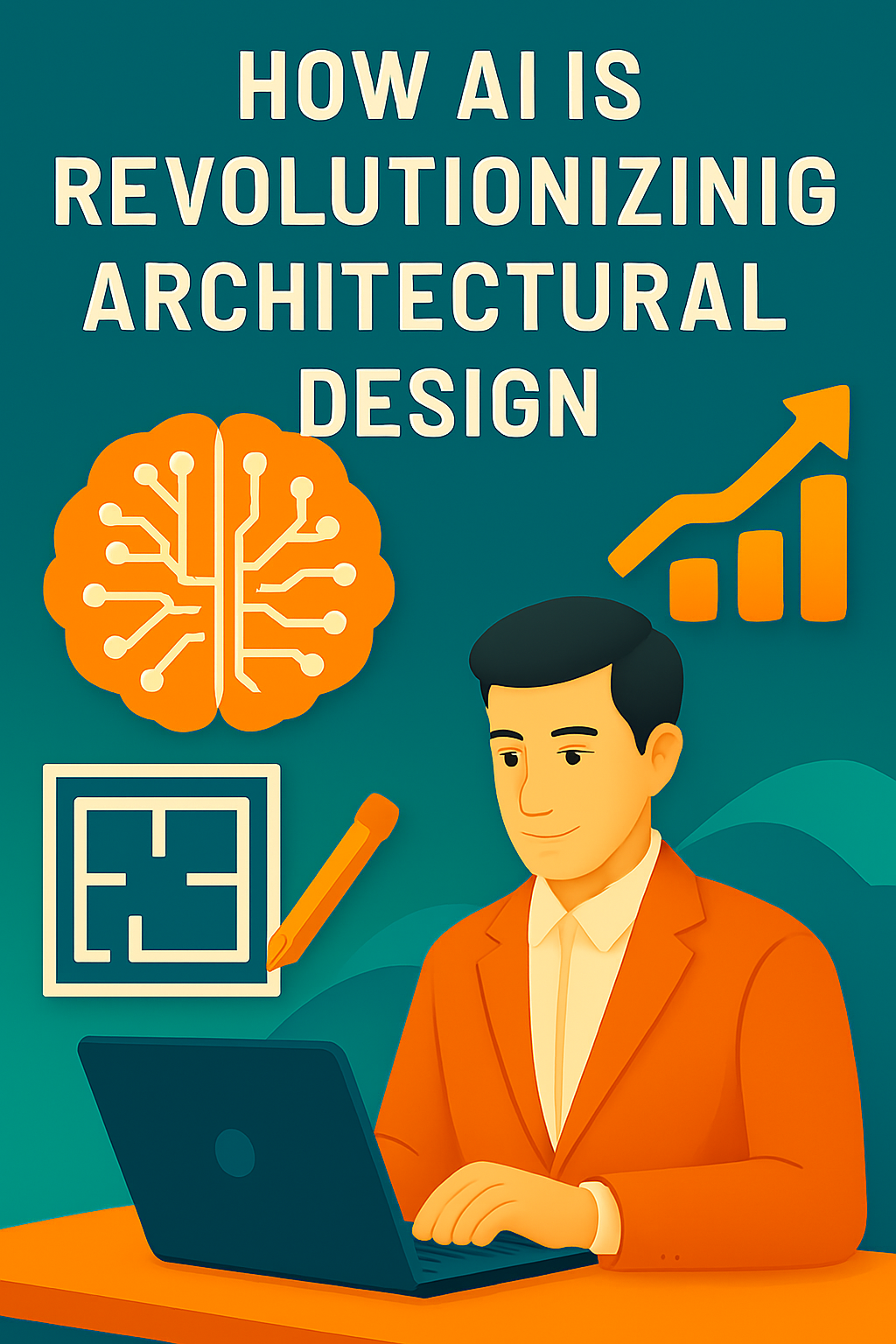Predictive Modeling in Urban Planning with Machine Learning

Urban planners today face the daunting task of designing cities that are livable, resilient, and sustainable—while accommodating ever-growing populations and increasingly complex infrastructure demands. Predictive modeling, powered by machine learning (ML), is transforming how cities are planned and managed by providing data-driven insights and forecasts that enhance decision-making and long-term strategy.
This integration of technology and urbanism is enabling smarter, more adaptive cities.
—
1. What Is Predictive Modeling in Urban Planning?
Predictive modeling involves using statistical and machine learning algorithms to analyze historical and real-time data in order to forecast future trends or outcomes. In urban planning, this can include predictions related to:
- Traffic patterns and congestion
- Housing demand
- Environmental impacts
- Infrastructure usage
- Population growth and migration
- Economic development
By anticipating these changes, urban planners can make proactive, evidence-based decisions that reduce risk, improve services, and support sustainable growth.
—
2. How Machine Learning Enhances Predictive Modeling
Machine learning offers several advantages over traditional forecasting methods:
- Processes massive and diverse datasets (e.g., satellite imagery, census data, IoT sensor inputs)
- Detects complex, nonlinear patterns that humans or basic statistical models might miss
- Continuously learns and improves over time as new data becomes available
Some common ML techniques used in urban planning include:
- Regression models for real estate and rent forecasting
- Decision trees and random forests for land use classification
- Clustering for community or demographic segmentation
- Neural networks for traffic and mobility prediction
—
3. Key Applications of ML in Urban Planning
🏘 Housing & Zoning:
ML can forecast housing needs based on demographic trends and real estate data. Planners can then adjust zoning laws or development incentives to meet future demand.
🚗 Traffic & Mobility:
Predictive traffic models analyze vehicle GPS data, public transportation usage, and road sensor inputs to optimize signal timing, transit schedules, and future infrastructure projects.
🌳 Environmental Planning:
By modeling emissions data, land cover changes, and weather patterns, ML helps planners assess the environmental impact of urban development and design more sustainable layouts.
📊 Public Health & Safety:
Predictive modeling can identify neighborhoods at higher risk for health issues, crime, or disaster vulnerability—allowing for targeted interventions and resource allocation.
—
4. Benefits for Smart Cities
- 📈 Data-Driven Decisions: Replace assumptions with actionable insights.
- ⚡ Efficiency: Optimize infrastructure investments and urban services.
- 🛡️ Risk Reduction: Predict and mitigate urban challenges before they escalate.
- 🌍 Sustainability: Design cities that balance growth with environmental and social equity.
—
5. Challenges and Ethical Considerations
While powerful, predictive modeling is not without limitations:
- 🔒 Data Privacy: Urban data often includes sensitive personal or location-based information. Transparency and safeguards are essential.
- ⚖️ Bias and Fairness: ML models can perpetuate or amplify existing social biases if training data is skewed.
- 📉 Data Quality: Incomplete or inaccurate data leads to poor predictions and misguided planning.
- 🧠 Human Oversight: Predictive tools should support—not replace—human judgment, values, and community engagement.
—
6. The Future of Predictive Urban Planning
As cities become increasingly digitized and interconnected, predictive modeling will play a central role in shaping urban futures. Emerging trends include:
- Real-time modeling using live IoT data streams
- Integration with 3D GIS and digital twin platforms
- AI-assisted participatory planning tools for public engagement
Ultimately, predictive modeling will help create cities that are not only smarter—but more adaptive, inclusive, and sustainable.




